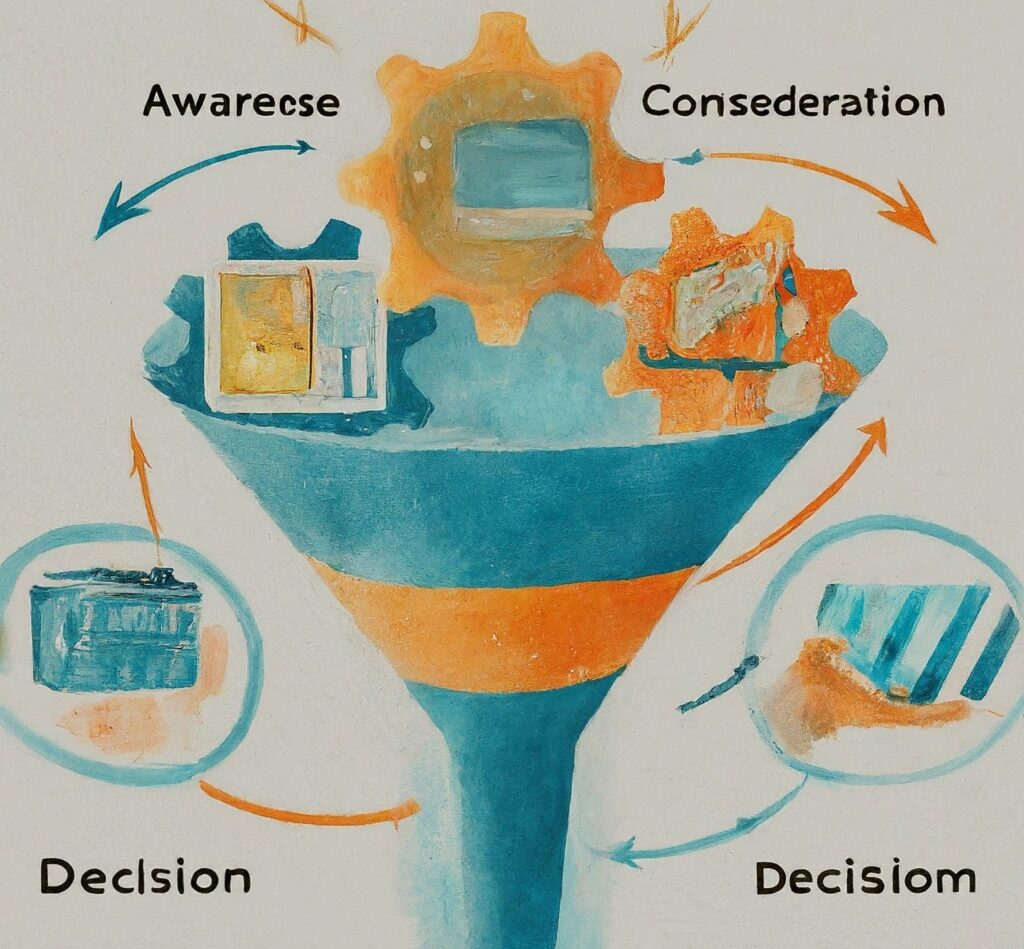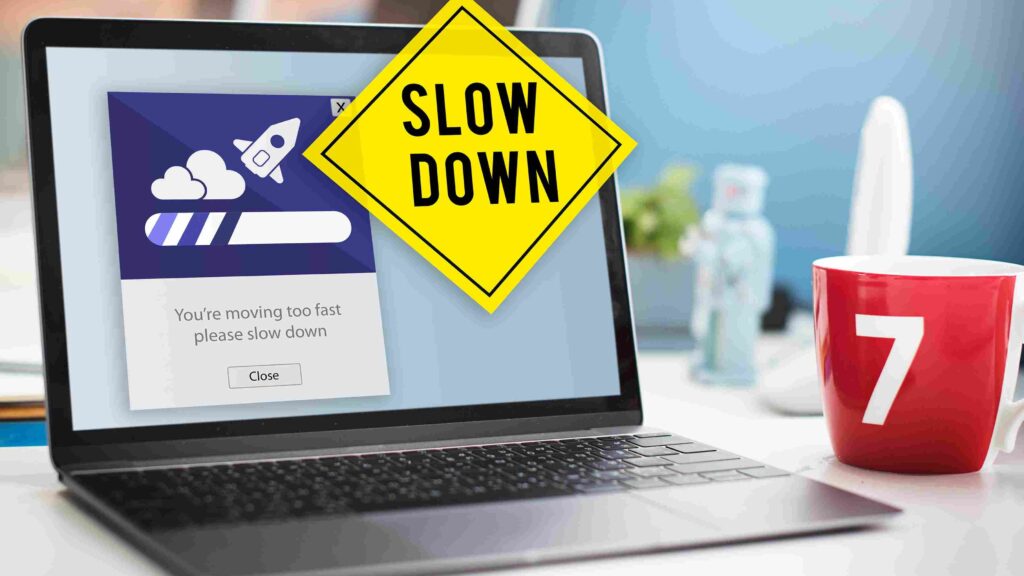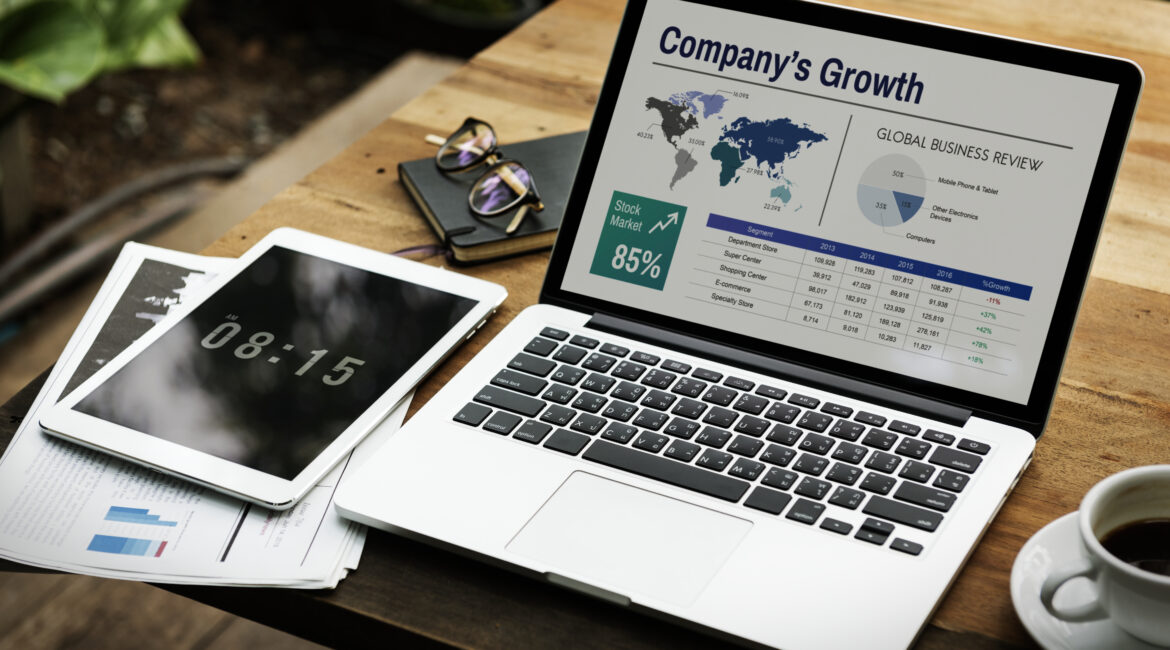Introduction:
In the fast-paced world of digital marketing, creating a landing page that converts visitors into leads is both an art and a science. At Mobit Solutions, a leading digital marketing agency in the UK, we understand the challenges businesses face in this endeavor. In this blog, we’ll share five best practices that have consistently proven to contribute to Landing Page Mastery, supercharging pages for higher conversion rates and effective lead generation.
1. One Goal, One CTA: Simplicity is Key
- Focus on a single, clear conversion goal for your landing page.
- Align your Call to Action (CTA) button with the primary goal.
- Avoid overwhelming visitors with multiple CTAs, ensuring a streamlined user journey.
- Consistency is crucial for a high-converting landing page.
2. Align marketing offers with funnel stages for targeted content that matters
- Tailor your offer to match the visitor’s stage in the sales funnel.
- Understand the buyer’s journey and provide content that aligns with their current needs.
- Consider the context, especially when running PPC campaigns, to maximize relevance.
- Personalized content at each funnel stage enhances engagement and conversion potential.

3. Multi-Step Forms: Breaking Down Barriers
- Implement a multi-step form for lead-generation pages with more than four fields.
- Leverage human psychology by making the initial step easy to complete.
- Gradually introduce more critical fields in subsequent steps to reduce friction.
- Enhance completion rates by tapping into the psychological principle of “sunk costs.”
4. Personalization without Overwhelm: Crafting Unique Experiences
- Use dynamic keyword injection and platforms like Proof and Dynamic Yield for personalization.
- Create a unique experience tailored to the visitor’s preferences without being overly invasive.
- Exercise restraint in personalization to avoid making visitors feel uncomfortable or violated.
- Balancing personalization enhances connection and conversion rates.
5. Need for Speed: Optimize Page Load Times
- Prioritize fast loading times for an effective landing page.
- Optimize image files to reduce size using tools like TinyPNG.
- Evaluate and reduce unnecessary scripts to improve page speed.
- Utilize tools like Google PageSpeed Insights or GTmetrix to analyze and optimize load times.

Conclusion:
Implementing these five best practices can transform your landing pages into powerful conversion tools. Remember, the key lies not just in incorporating these strategies but also in analyzing data consistently. Stay analytical, conduct A/B testing, and leverage tools like Unbounce and Hotjar/Lucky Orange for insights. By aligning your landing page strategy with these proven practices, you’ll be on the path to Landing Page Mastery, achieving higher conversion rates and more effective lead generation. For expert guidance, consider leveraging our top-notch Digital Marketing Services in the UK offered by Mobit Solutions.
FAQs:
Q1: Why should I focus on having only one conversion goal and CTA on my landing page?
Answer: Having a single conversion goal and CTA simplifies the user journey, reducing confusion and increasing the likelihood of conversion. Multiple CTAs can dilute the visitor’s focus and impact your PPC campaign negatively.
Q2: How do I ensure my offer is appropriate for the stage of the funnel?
Answer: Tailor your offer to match the visitor’s position in the sales funnel. Consider their familiarity with your brand and provide content that aligns with their current needs and level of engagement.
Q3: Why is page speed crucial for an effective landing page?
Answer: Faster loading times improve user experience and positively impact conversion rates. Optimize image files, reduce unnecessary scripts, and utilize tools like Google PageSpeed Insights or GTmetrix to enhance and analyze your landing page’s load times.
Q4: Are there any recommended tools for optimizing image files on a landing page?
Answer: Yes, tools like TinyPNG can help optimize image files by reducing their size, thereby improving page speed. Landing page builders like Unbounce also offer automatic image optimization.
Q5: How do I know if my landing page scripts are affecting page speed?
Answer: Use tools such as Google PageSpeed Insights or GTmetrix to analyze your page and identify how scripts may be impacting load times. Evaluate the necessity of each script and consider reducing or optimizing them for better performance.
Q6: Can these best practices be applied to any industry or business vertical?
Answer: Yes, these best practices are versatile and can be applied across various industries and business verticals. However, it’s essential to monitor and adapt strategies based on the specific needs and behaviors of your target audience.



